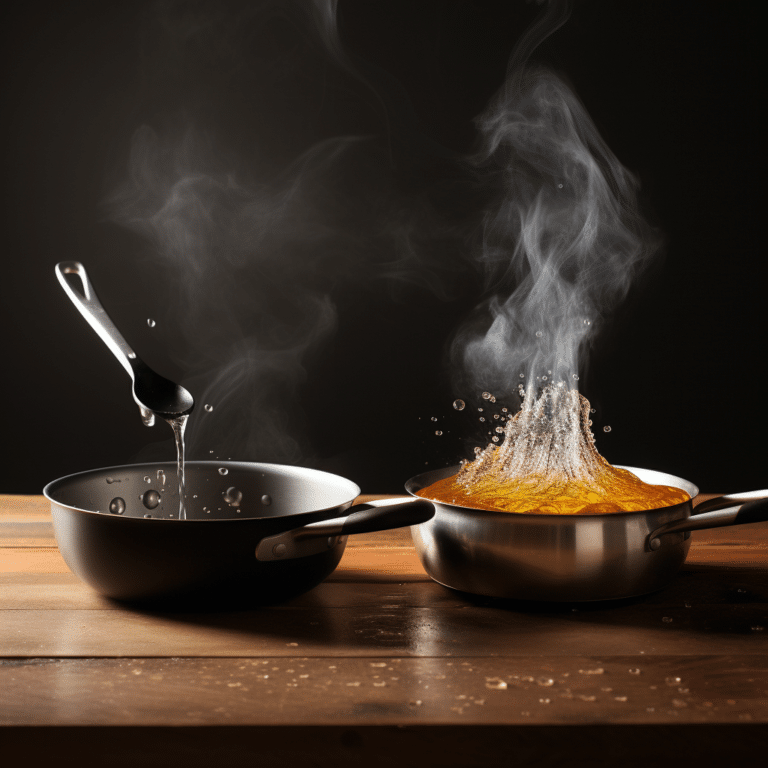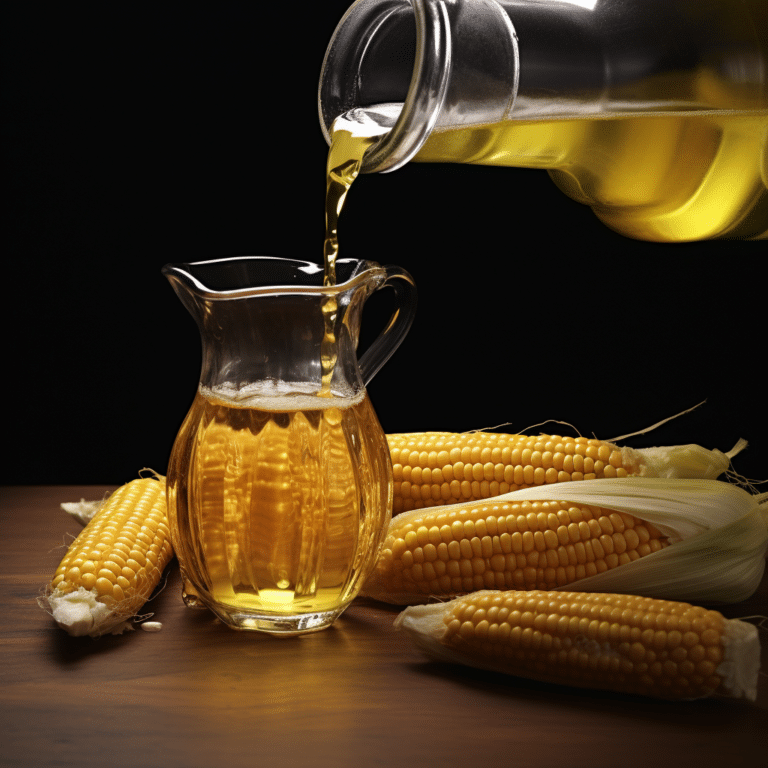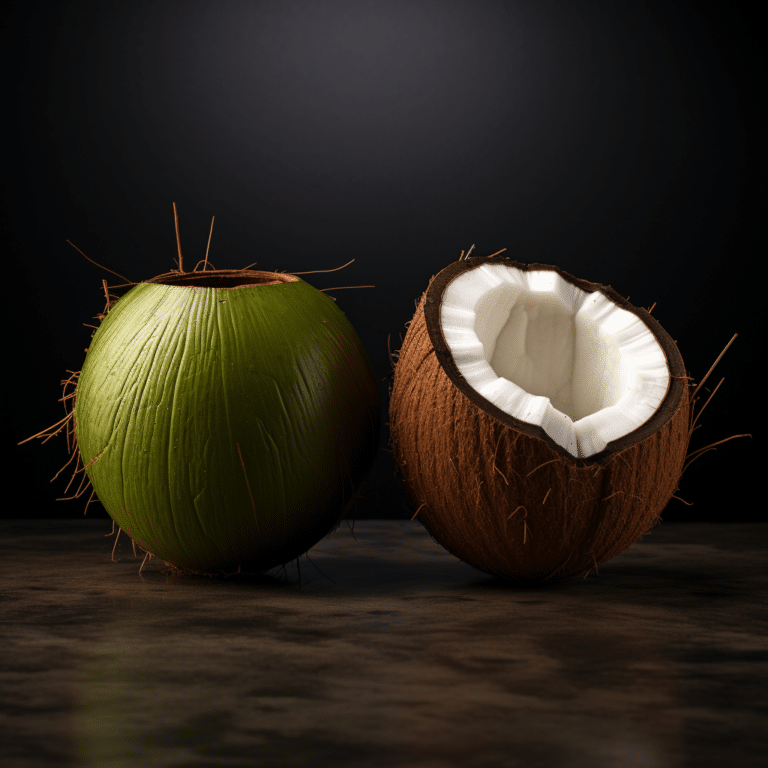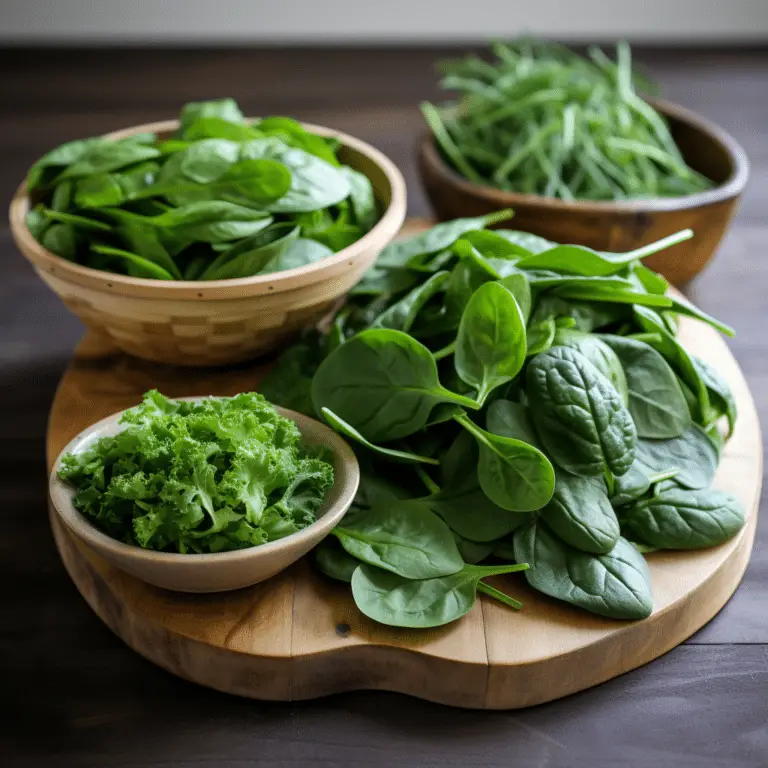Prickly Pear Vs. Dragon Fruit
Prickly Pear vs Dragon Fruit: Prickly pear and dragon fruit grow on cactus plants and are high in nutrients. Prickly pear, also known as pear cactus, is a berry with arillate seeds. They have large, fixed spines with small hair-like prickles known as glochids that can attach to skin and hair. They grow on edible pads known as cladodes.
Dragon fruit is also known as pitaya or strawberry pear. It is an oval-shaped fruit with a bright red, purple, or yellow on the skin, depending on the variety. In this article, we look at each of the fruits deeper.
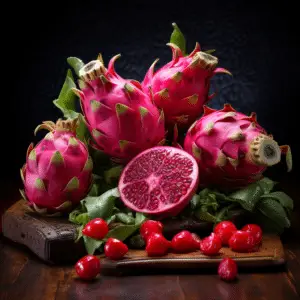
To Prickly Pear Vs Dragon Fruit: Overview
Prickly Pear
The Prickly pear is native to America in the arid, semi-arid, and drought-prone regions in Western and south-central America. They have spread to other parts of the world through human interactions. There are more than ten species of edible prickly pear that come in different colors including; yellow, purple, green, and pink. They contain tiny edible seeds like those of kiwi fruit. The pulp comes in different colors Prickly Pear vs Dragon Fruit depending on the variety of the pear.
Prickly pears are berries that grow on the green, flat pads. Their exterior has spikes that give you a hard time when picking them.
Nutrition Facts of Prickly Pear
100 grams of raw prickly pear contains; 41kcal, carbohydrates- 9.6 , dietary fiber-3.6gm, fat-0.5 gm, protein-0.7 gm, Vitamin c-14mg, calcium-56mg , magnesium-85mg, phosphorus- 24gm, phosphorus-220 mg, water-88gm. It also contains small amounts of iron, Vitamin A and B, and zinc.
Uses of prickly pear
Prickly pears are used in several ways;
Culinary Uses
Prickly pears are used in salads, juices, jams, and cocktails. In Mexico, it’s incorporated in bread, candy, jelly, vegetable dishes, and beverages. They are suitable for any meal, breakfast, lunch, and dinner, as an appetizer, dessert, or entree.
Medicinal Uses
Prickly pear contains a high level of nutrients which are beneficial to the body in several ways;
- It has antioxidants and anti-viral properties, which help fight infections and diseases.
- It has anti-inflammatory agents and thus helps in controlling inflammatory disorders such as arthritis. It may also lower cases of asthmatic attacks.
- It may help lower blood sugars and thus reduce the progression of diabetes.
- It may help in treating hangovers.
- It may help in reducing cholesterol and thus minimize the risk of obesity.
- The Vitamin C present in prickly pear may help ease the symptoms of flu and the common cold.
Harvesting And Handling Prickly Pear
This fruit has spikes on the skin that need to be handled carefully to avoid injuring yourself. You might consider using gloves while harvesting prickly pear. As the name suggests, it can easily prick. To remove the spines, roll the fruit on a towel or a clean cloth. When sure the spines are off, wash your fruit and dry. You could remove the skin, though it’s edible. Cut your fruit into pieces and serve.
If you want to store your fruit, avoid washing them, it could shorten its shelf life. To refrigerate or freeze, put the fruit in a plastic bag and put it in the fridge. Consume within 5 days of refrigeration. The prickly pear can last longer in a freezer.
Dragon Fruit
Dragon fruit is native to dry regions of Mexico and Central America. Cacti thrive in arid and semi-arid areas which are drought-prone. There are several varieties of this fruit, in different colors and sizes. It has a kiwi- pear combined flavor.
The most common varieties are; white-fleshed pitaya(pitaya Blanca), which has pink skin and white flesh, red-fleshed pitaya(red-fleshed pitaya), which is red-skinned with red flesh, and finally yellow pitaya(pitaya Amarilla), which has yellow skin and white flesh.
Nutrition Facts
100 gms of raw dragon fruit contains; 260 kcal, 82.14 gms of carbohydrates, 3.57gms of protein, 1.8gms dietary fiber, 9.2 mg of Vitamin C,107mg of calcium, and 39 mg of sodium. It also contains traces of other micronutrients,
Uses
Culinary Uses
The dragon fruit is used in flavoring and coloring juices, smoothies, fruit salads, and alcoholic drinks. You could make a dragon fruit ice cream, fruit salsa, and a fruit poke, among other creative ways to do it.
Medicinal Uses
- Dragon fruit is rich in antioxidants which help in fighting diseases and infections. These antioxidants help slow the progression of cancers, diabetes, and arthritis.
- It may boost immunity. Vitamin and carotenoids found in the dragon fruit help in the production of more white blood cells, which in turn aid in fighting diseases.
- It promotes a healthy gut. It has probiotic properties which boost a healthy gut, lowering the risk of digestive tract infections and irritable bowel syndrome(IBS), which help minimize the risk of colon cancer.
- Dragon fruit has high levels of fibers, which can help control blood sugars, blood pressure, and weight.
- It lowers cholesterol, reducing the risks of diabetes, hypertension, cardiac diseases, and obesity.
- It has anti-inflammatory properties that may help conditions such as arthritis and asthma.
- It may help boost iron. Iron deficiency can lead to anemia, more so in women and girls of childbearing age.
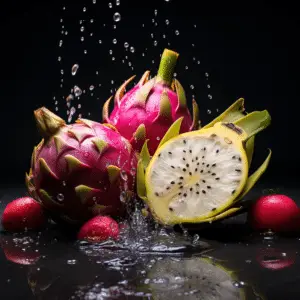
How to Harvest And Store Dragon Fruit
Prickly Pear vs Dragon Fruit If you want a fruit you can eat immediately, check out for a ripe one. You can press the skin lightly, and if it feels soft, the fruit is ripe. You could also pick some prickly pears about to ripen to be eaten later on. Some species have small spikes; remove them. Wash it and slice, ready to serve. You could refrigerate or freeze ripe fruits. Store unripe ones at room temperature so that they can finish ripening. Fruits spoil fast. Do not store them for long.
In summary, prickly pear and dragon fruit grow in arid and semi-arid areas and are both natives of America and Mexico. They contain lots of nutrients which are helpful for your health. Consume them in moderation due to the high sugars.

